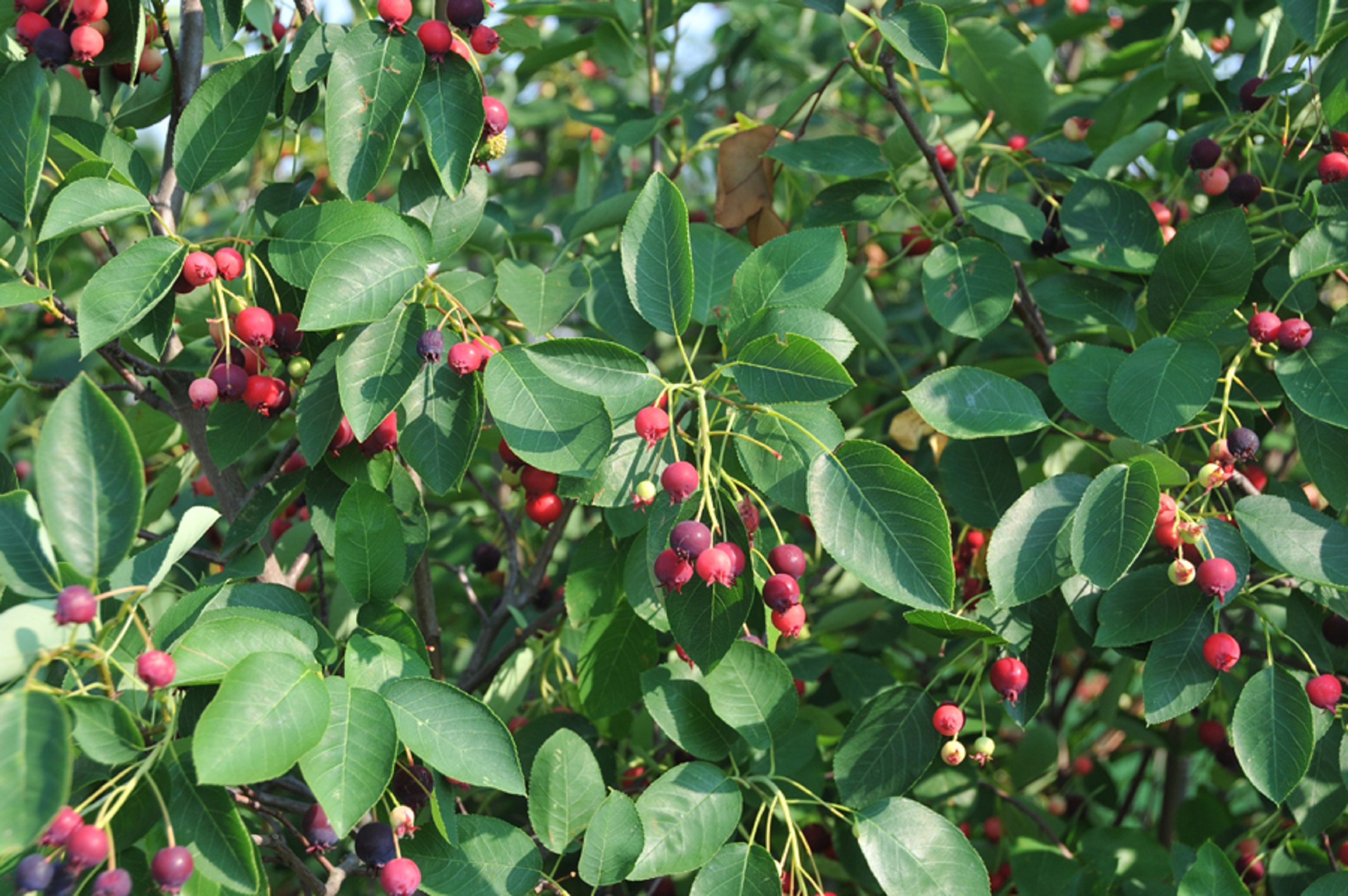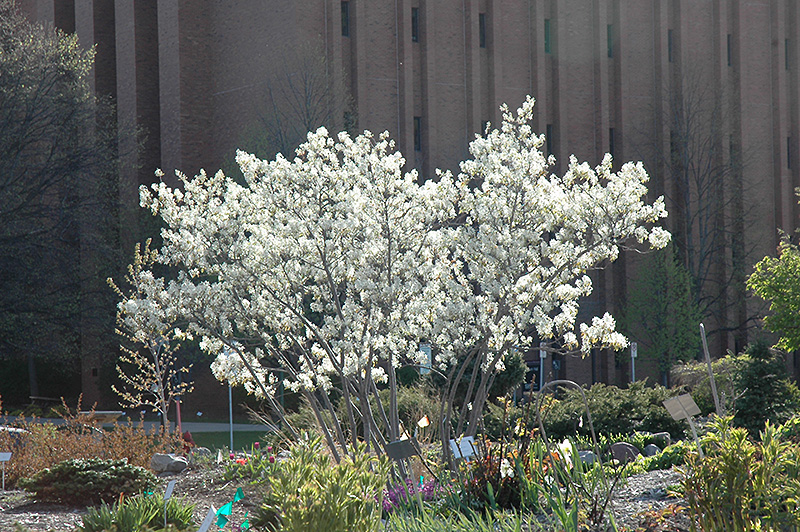
This disease is more evident in warm and wet seasons and.

Autumn or early winter pruning is more likely to result in drying and die-back at pruning sites. Spring or summer pruning increases chances for infection and spread of the bacterial disease fireblight.

Serviceberry also provides a food source for wildlife. The Autumn Brilliance Serviceberry tree’s fruits will ripen in late June through July in most regions. Prune serviceberry in late winter (February-early April). These include using as a screening plant, blending into shrub borders, group plantings, specimen plantings, and used in naturalized settings such as woodland edges. Foliage Type: Deciduous, finely-toothed, oval leaves, 3-4' long, emerge with bronze-copper highlights in early spring, mature to dark green, then turn to brilliant orange-red in autumn. 'Autumn Brilliance' has brilliant orange-red fall color (hence the cultivar name). Landscape Use Serviceberry has a number of applications in the landscape. Genus name comes from a French provincial name for Amelanchier ovalis a European plant in this genus. Overview More Information Care Knowledge Cultivars Photo Gallery (5) Amelanchier ×grandiflora ‘Autumn Brilliance’ (Autumn Brilliance Apple Serviceberry PP5717), infructescence The Morton Arboretum Amelanchier x grandiflora Rehd. Finely-toothed, oval-lanceolate leaves (to 3" long) emerge with bronze tints in spring, mature to dark green from late spring throughout summer before finally turning brilliant red to orange-red in fall.

The serviceberry (saskatoon) or whatever you want to call it, also benefits from an early. Berries resemble blueberries in taste and may be used in jams, jellies and pies. 86 subscribers 3.7K views 1 year ago Late winter is the best time to prune many kinds of fruit trees. Flowers bloom in April followed by edible fruits (3/8" diameter) in June (hence the sometimes used common name of Juneberry for amelanchiers). In the early parts of spring, these tall plants bloom with drooping clusters of brilliant white, starry flowers. This is a small, deciduous, usually multi-trunked understory tree or tall shrub which typically matures to 15-20’ tall. Autumn Brilliance Shadblow Serviceberry, or Juneberry, is a deciduous small tree with many attractive attributes lasting all season long. It is known in commerce today by several showy cultivars. Get back to us if you have any questions.Amelanchier × grandiflora is a hybrid cross between two species of North American serviceberry, namely, A.
Serviceberry autumn brilliance pruning full#
You will then need to decide whether this would be acceptable or if you should completely replace the tree. Serviceberry Overview Where to Plant Serviceberries Serviceberries perform well in full sun (at least 6 hours of sunlight) or part shade (2 to 6 hours of sunlight). Since this root stock may be quite different from the upper part of your previous serviceberry, propagating these suckers may or may not be a good replacement for your old serviceberry. However if a graft is present and if the suckers are originating from below this graft, these suckers are coming from the root stock. Prune out several of these suckers and retain sufficient suckers so that you can shape things as you would like. If you decide that your service berry was not grafted, then the suckers coming up from the base will be very similar to your old service berry. Although the following site concerns citrus trees, the directions for locating a graft on a tree are also applicable to your serviceberry: The first thing you need to determine is if your serviceberry was grafted or not. Choose species that are resistant to pest damage. During the first 3 years only prune weak or damaged branches, after that, prune more vigorously to control height and shape and to encourage new growth. The best time is late winter or early spring, before bud break. With spring blooming trees, prune after the blooms are spent. Pruning serviceberry is very similar to pruning currants. We have been receiving numerous questions this year regarding snow damage to trees. Pruning is best done in late winter to early spring for most trees.


 0 kommentar(er)
0 kommentar(er)
